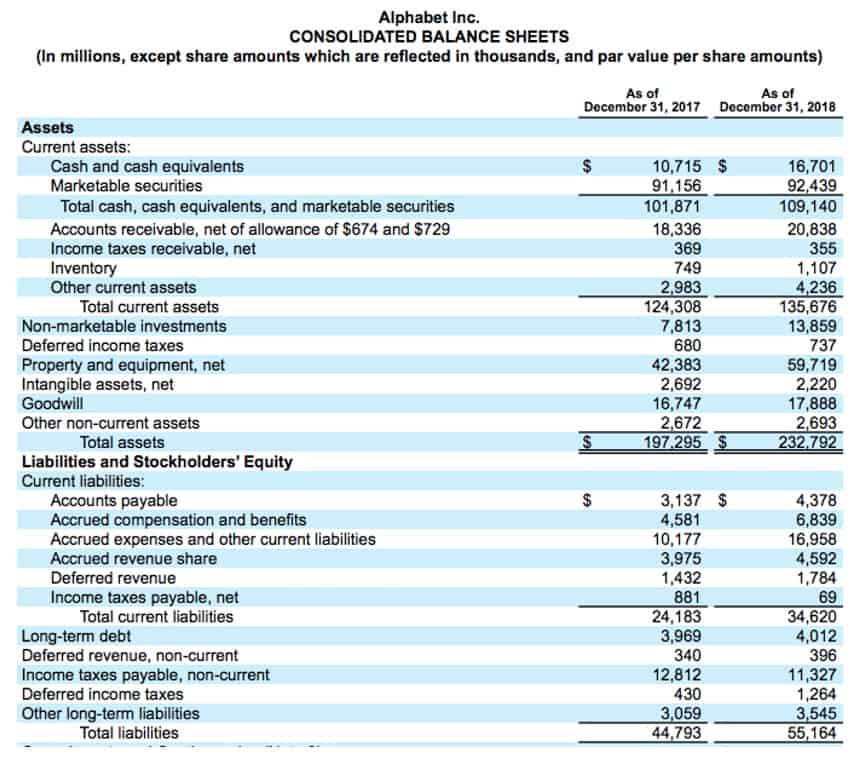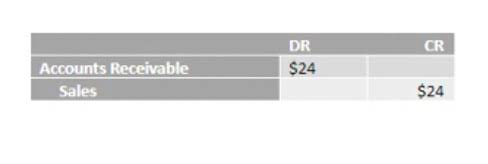
It’s telling us that creditors have priority over owners, in terms of satisfying their demands. While the basic accounting equation’s main goal is to show the financial position of the business. It is seen that the total credit amount equals the total debt amount. It is fundamental to the double-entry bookkeeping system of accounting, which helps us understand from the illustration above that total assets should be equal to total liabilities.
- Drawings are amounts taken out of the business by the business owner.
- The accounting equation is so fundamental to accounting that it’s often the first concept taught in entry-level courses.
- In above example, we have observed the impact of twelve different transactions on accounting equation.
- Owners can increase their ownership share by contributing money to the company or decrease equity by withdrawing company funds.
- Some assets are less liquid than others, making them harder to convert to cash.
- This is because creditors – parties that lend money such as banks – have the first claim to a company’s assets.
Assets, Liabilities, And Equity
- Each transaction must be recorded so that the equation is in balance once the processing has taken place.
- For example, John Smith may own a landscaping company called John Smith’s Landscaping, where he performs most — if not all — the jobs.
- An accounting transaction is a business activity or event that causes a measurable change in the accounting equation.
- A liability, in its simplest terms, is an amount of money owed to another person or organization.
- Each original source must be evaluated for financial implications.
- The cumulative impact of all the additions and subtractions gives the ending amount which appears in the balance sheet at the end of the period.
- However, equity can also be thought of as investments into the company either by founders, owners, public shareholders, or by customers buying products leading to higher revenue.
You can automatically generate and send invoices using this accounting software. Further, creating financial statements has become considerably easier thanks to the software, which lets you draft balance sheets, income statements, profit and loss statements, and cash flow statements. Not only does the balance sheet reflect the basic accounting equation as implemented, but also the income statement. Accounting Equation is based on the double-entry bookkeeping system, which means that all assets should be equal to all liabilities in the book of accounts. All the entries made to the debit side of a balance sheet should have a corresponding credit entry on the balance sheet.
- Speakers, Inc. purchases a $500,000 building by paying $100,000 in cash and taking out a $400,000 mortgage.
- In the case of a limited liability company, capital would be referred to as ‘Equity’.
- Thus, these problems should be noted by all companies and strict method of valuation and recording of transactions should be done to control such problems.
- Most sole proprietors aren’t going to know the knowledge or understanding of how to break down the equity sections (OC, OD, R, and E) like this unless they have a finance background.
- We now analyze each of these transactions, paying attention to how they impact the accounting equation and corresponding financial statements.
Basic Accounting Equation Formula

Likewise, revenues increase equity while expenses decrease equity. A liability, in its simplest terms, is an amount of money owed to another person or organization. Said a different way, liabilities are creditors’ claims on company assets because this is the amount of assets creditors would own if the company liquidated. The assets of the business will increase by $12,000 as a result of acquiring the van (asset) but will also decrease by an equal amount due to the payment of cash (asset). Shareholders’ equity is the total value of the company expressed in dollars. Put another way, it is the amount that would remain if the company liquidated all of its assets and paid off all of its debts.

Double entry bookkeeping system
It records the assets, liabilities, and owner’s equity of a business at a specific time. Just like the accounting equation, it shows us that total assets equal total liabilities and owner’s equity. Thus from the above details we can understand how to do accounting equation.

- It can be helpful for students or professionals who need to quickly refer to the equation and its related formulas and concepts.
- Hence, the account from which the amount is withdrawn gets credited, and there needs to be an account debited for the asset purchased (the account related to the asset purchased gets debited).
- In fact, most businesses don’t rely on single-entry accounting because they need more than what single-entry can provide.
- For starters, it doesn’t provide investors or other interested third parties with an analysis of how well the business is operating.
- The inventory (asset) will decrease by $250 and a cost of sale (expense) will be recorded.
- If a company keeps accurate records using the double-entry system, the accounting equation will always be “in balance,” meaning the left side of the equation will be equal to the right side.
To learn https://x.com/BooksTimeInc more about the income statement, see Income Statement Outline. Accountingo.org aims to provide the best accounting and finance education for students, professionals, teachers, and business owners. My Accounting Course is a world-class educational resource developed by experts to simplify accounting, finance, & investment analysis topics, so students and professionals can learn and propel their careers.

Why must Accounting Equation always Balance?
Liabilities can simply be defined as the amount that the company owes to its suppliers, in exchange of goods (or services) that have already been provided for but not yet paid for. Assets are the resources that are held by the company in order to function and operate in the relevant industry. In this regard, it is also important to point out that assets can be termed fundamental accounting equation as intermediaries that help companies generate considerable money. As mentioned earlier, the accounting equation broadly entails three components.

It is sometimes called net assets, because it is equivalent to assets minus liabilities for a particular business. ” The answer to this question depends on the legal form of the entity; examples of entity types include sole proprietorships, partnerships, and corporations. https://www.bookstime.com/ A sole proprietorship is a business owned by one person, and its equity would typically consist of a single owner’s capital account. Conversely, a partnership is a business owned by more than one person, with its equity consisting of a separate capital account for each partner.
